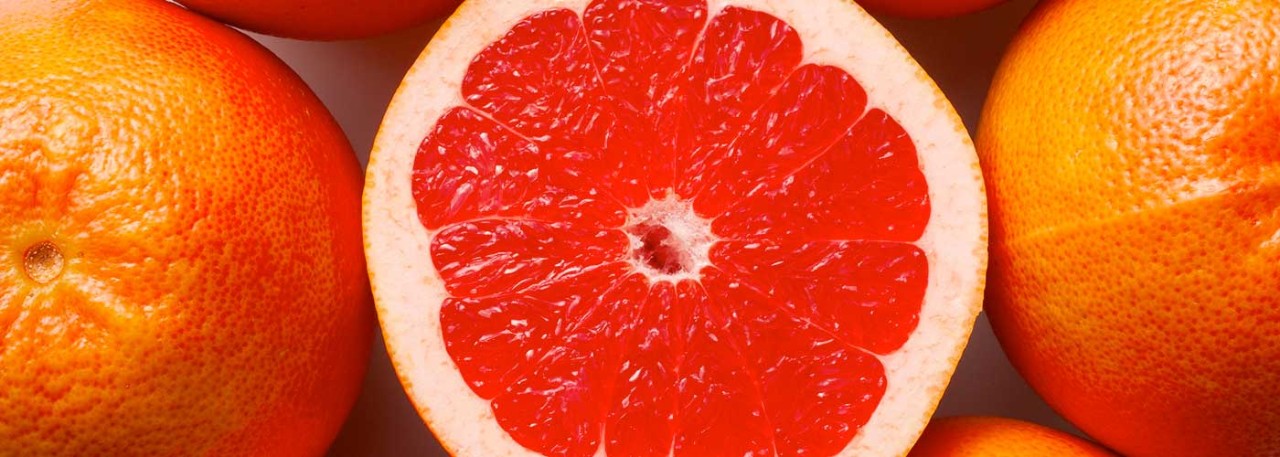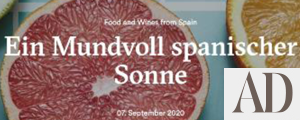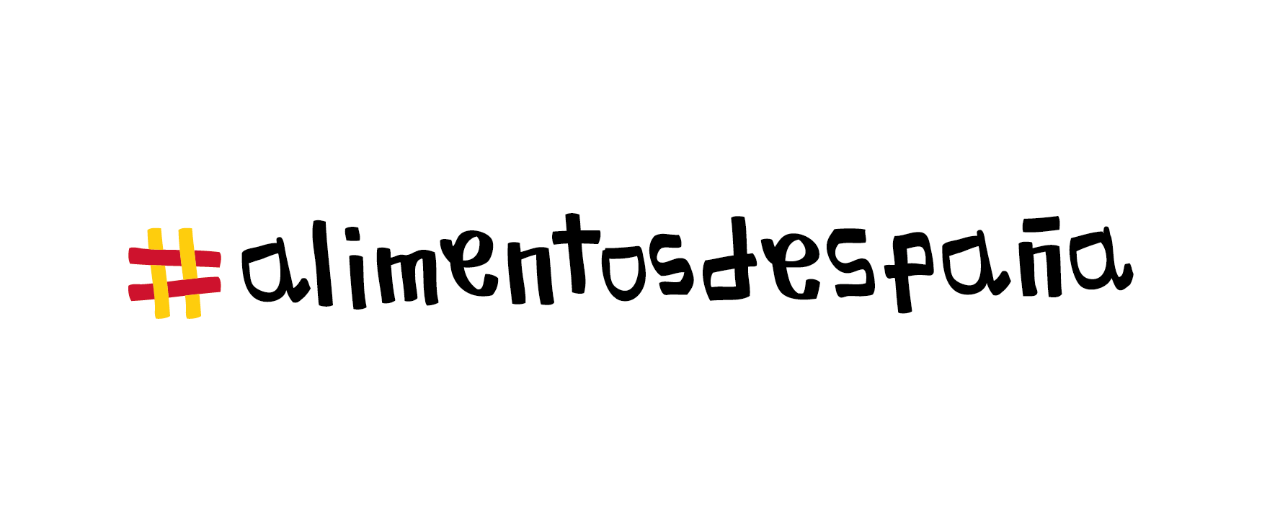.png.transform/rendition-xs/image_image%20(1).png)
AD MAGAZINE - Citrus: a healthy universe of color
From orange to lemon and from grapefruit to mandarin: the variety and quality of Spanish citrus fruits make their fame cross borders
Healthy, tasty, and very colorful! Because it doesn’t matter if we are talking about its juicy oranges, mandarins, its refreshing lemons or even its grapefruits: the range of citrus fruits grown in Spain is so wide and appetizing that it is not surprising that they are the most repeated fruits in the pantries of the country.
And not only that, but their quality is so high that Spain has long become a world leader in its export. Oranges take over almost 50% of the citrus fields of the entire national territory.
To get to know Spanish citrus fruits closely is to start a journey through the Spanish geography that takes us from Andalusia to the Valencian Community, passing through Murcia and even the Balearic Islands: there, in the very Sierra de Tramuntana, the Soller oranges also claim their prominence .
How about we enter the exciting world of citrus? Let’s go!
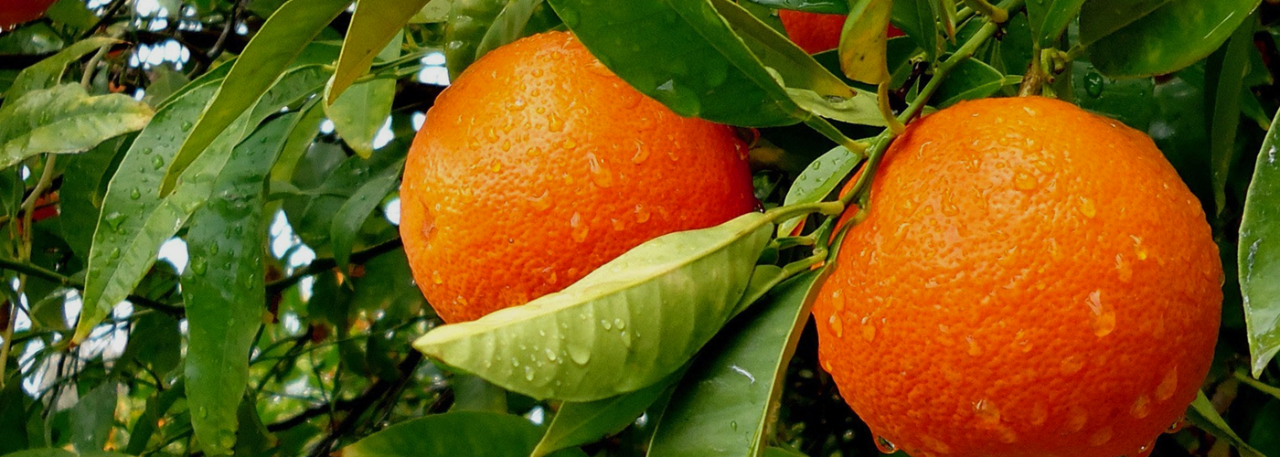
THE ORANGE, THE ABSOLUTE QUEEN
There is no doubt: if there is a citrus that is truly consumed and exported in Spain, that is the highly valued — and most loved — orange. And it does not matter if it is in juice, as a snack, as a dessert or in an elaborate sauce. Even in the confectionery they are delicious! Its flavor brings such a fresh touch that it is impossible not to fall for its charms.
And also, as if this were not enough, its consumption constitutes an immense contribution of vitamin C to our body: specifically, 50mg per 100gr of orange that we consume. Our dear mothers already told us, who know a lot about these things: to prevent the cold in winter, nothing like a good orange juice.
Valencia is the community that produces the most amount of this citrus fruit: practically half of what is generated in all of Spain. And what differentiates them from the rest of the country? Well, when growing on the Mediterranean coast, halfway between the coast and the mountains and with a cli-mate that stands out for hot summers and mild winters, oranges acquire a very rich flavor and a per-fect balance between sweetness and acidity. In short: they are exquisite!
Although not only Valencia has prodigious lands: the south of Spain, especially in the provinces of Seville, Córdoba and Huelva, large quantities are grown and harvested. In this case the key lies in the peculiar climate of the Guadalquivir valley, which with more than 4 thousand hours of sunshine a year, gives rise to oranges with a unique appearance, aroma and flavor, ideal for eating, but above all for squeezing and drinking in juice.
And since we are talking precisely about Andalusia, one more fact: it is the region at the forefront of organic citrus production in Spain: more than 60% of what is grown in the national territory comes from its fields. And the fact is that the demand is growing, but also the number of farmers who are committed to a type of sustainable cultivation, as well as to integrated agriculture: while remaining as respectful as possible with the environment, they also place profitability and profitability in the bal-ance. the quality of the fruits.
Although for revolutionary business, the one that has seen the light in recent times in Valencia: Crowfarming is in fashion! What do we mean? The sponsorship of orange trees: nothing is as simple as buying our own tree in a Valencian farm field and paying for its care, its harvesting and the ship-ment of your oranges home. Could there be a more original proposal?
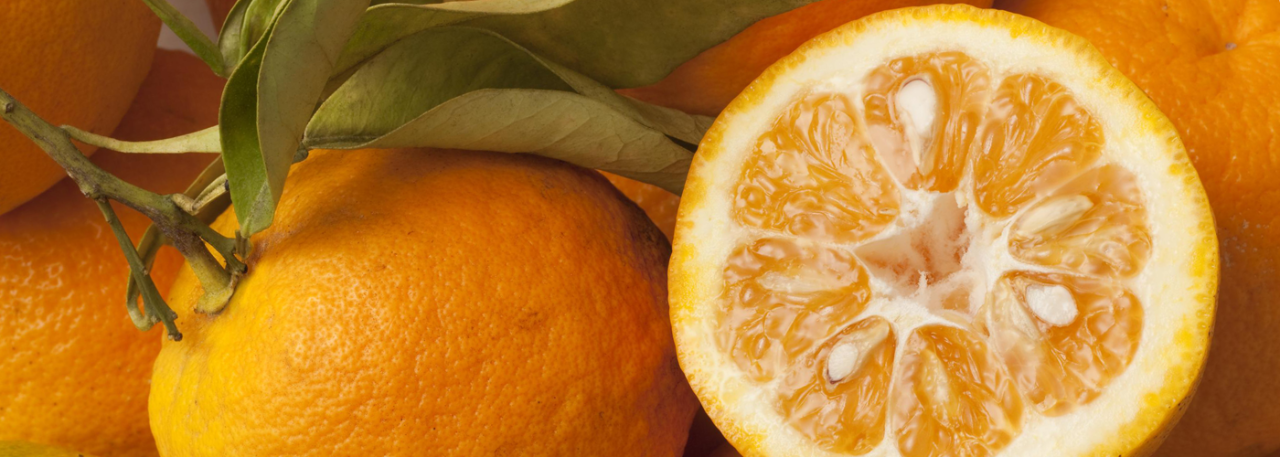
LEMONS, GRAPES, MANDARINS ... THE FAMILY GROWS!
It is time to talk about the color yellow, the Spanish citrus sector is not only fed by oranges! In fact, Spain is also, with no less than nine million lemon trees, the main exporter of this fresh fruit to Eu-rope, as well as the second in the world when it comes to processing.
And as with the rest of citrus fruits, their benefits are infinite: in addition to vitamin C, they are also an important source of folic acid, fiber and antioxidants. In fact, they say that there is nothing healthier than drinking a glass of lemon water as soon as you wake up. Of course, it is also the essential addi-tion to marinate foods or enhance the flavor of meat or fish. Its unique touch transforms a plate in two seconds!
Most of the Spanish lemons are grown in Murcia, although in Seville and Alicante the production is also large: between the three cities they account for more than 94% of the entire national product.
But the collection of these tasty fruits continues: in Spain there is room for much more. For example, mandarins, which are much meatier and more delicious, account for 38% of the citrus fruits that are produced in the country and are grown, above all, in Valencia. Also clementines, which differ from the former in their greater sweetness and in that the thinner skin is more detached from the seg-ments. Those that grow in the Ebro Lands, so delicate that they must be pruned with scissors, have IGP and a high content of phosphorus and potassium.
Finally, and although it barely accounts for 1% of citrus production in Spain, we cannot forget grapefruit! Much more bitter than the rest, that does not prevent its attributes from being the healthiest: there will be no better immune system than one who has freshly squeezed grapefruit juice for break-fast every morning. Also, be very careful, because it is great for preventing cholesterol, for the skin ... and it has hardly any calories!
A good tip? It is ideal adding it in small pieces to salads, but also making sauces that accompany fish and shellfish. And as a unique dessert, oranges are exquisite cut into slices and seasoned with a drizzle of EVOO. Try it and you will thank us!
